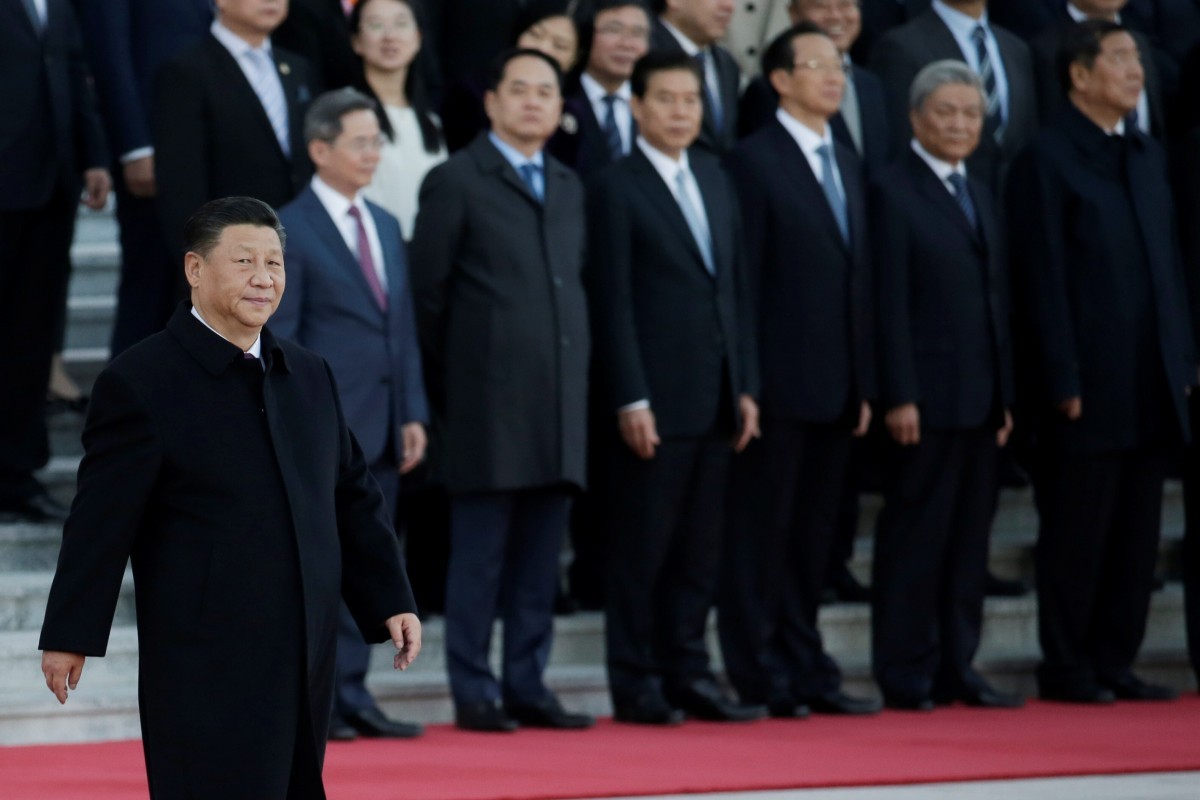CCP leadership swing back and forth with economic policies to spur growth

Advertisement
In the recently concluded meeting of the fifth plenum of the Chinese Communist Party (CCP)’s 19th Central Committee wrapped up in Beijing on October 29, top Chinese leadership deliberated for four days finalizing the blueprint for the China’s 14th Five-Year Plan, which will set China’s economic and social policy vision for the period from 2021-2025.
The plan is subject to the approval by National People’s Congress (NPC) in 2021.
Given the social and economic distress due to the coronavirus pandemic, the plenum was important as it set out China’s economic plan to revitalize the economic growth as China continues to face shrinking exports due to global disruptions in supply chains and hostile economic situation, on-going trade war and hostility with the US, and forces of de-globalisation.
More importantly, the plan proposals acknowledged the persistent challenges within the Chinese economy related to growing inequality, environmental issues, and lack of quality innovation. Much of the deliberations involved to envisage China’s new economic imperative for ‘dual circulation’, the new goal adopted by the Pollitt Bureau in May 2020.
While underlining the role of economic exchange, the new goal is to spur domestic demand and advance key innovation fostering economic growth in a more self-reliant manner for China. There is an effort by China to be more inward looking in seeking economic solutions to its problems. Amidst growing tech war with the US, there is a more pressing need to develop China’s own technological foundation domestically.
Moreover, with the lack of demographic advantage, rising labour costs and declining national savings, the issue of growing inequality has become a headache for the Chinese leadership and CCP.
US and European countries have already tightened noose on China’s attempts to steal advance technologies through industrial espionage. Recent cases of involvement of Chinese technocrats and People’s Liberation Army (PLA) active servicemen involving in espionage activities related to key technologies have come as a setback to CCP authorities. It is now left with no option but to go back to the direction of indigenous development and R&D.
China aims to increase its total factor productivity and new technological innovations. To advance and secure Chinese economic interests in the age of fourth industrial revolution, the plan aims to invest in next generation technological tools like as robotics, artificial intelligence, new transport technology and electric vehicular movements. This also includes new acquisitions in intellectual property and reform in state owned public enterprises. This seems to be a difficult path as China has been struggling for decades to make breakthroughs in Chip technology, which forms the foundation of many new age technologies.
The plenum outlined that new economic model of China have to build on two pillars of expanding domestic consumption and investments in new age technology. This new strategy endeavours to aim for self-reliant economic model for China in future.
The Coronavirus outbreak has led to more challenging external environment for China. And with growing populism and global uncertainties, the party plan aims to set the discourse for future development of China, with a specific focus on its domestic strengths and constituents. This plan seeks to develop a new circle of domestic production and consumption, supported by indigenous technological innovations to address Chinese domestic, social, and economic in a long-term plan to build a ‘self-sufficient economic model’, which is less prone to global vulnerabilities.
There are concerns that this dual circulation strategy may alienate Chinese market from the rest of the world, which in a way may be a step backwards to the close market economy. However, Chinese experts are of the view that dual circulation strategy will spur consumption and protect the domestic market from external factors, such as US trade war, protectionism or economic decoupling. But in essence, this is also seen as a negative move by the policy makers in Beijing, as it also shows signs of ‘protectionism’ of economic cycles.
Advertisement






